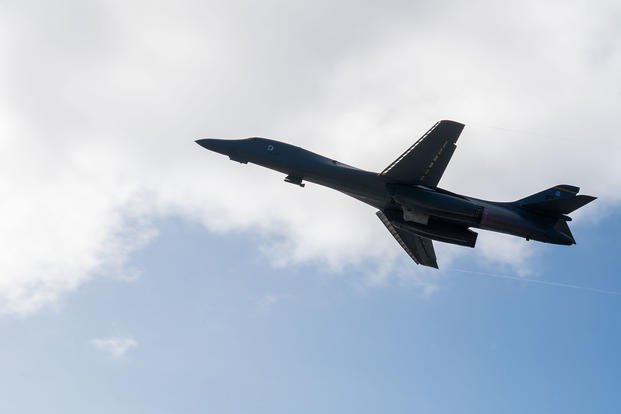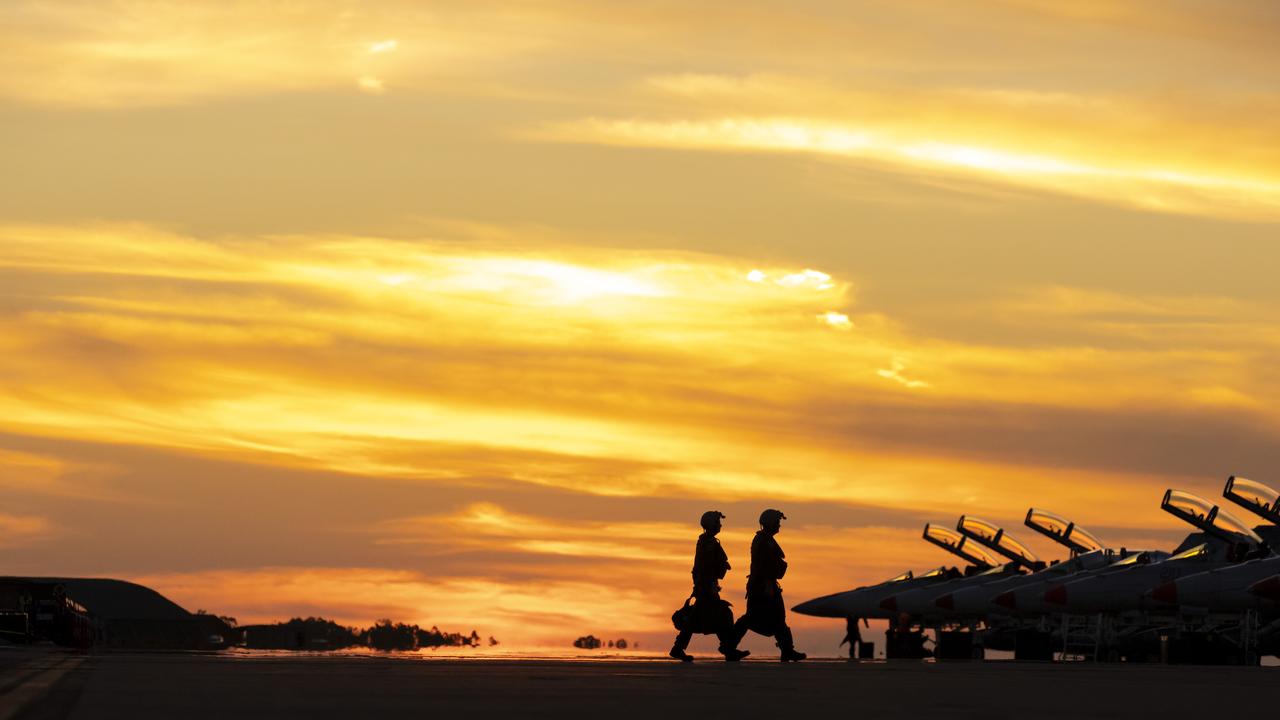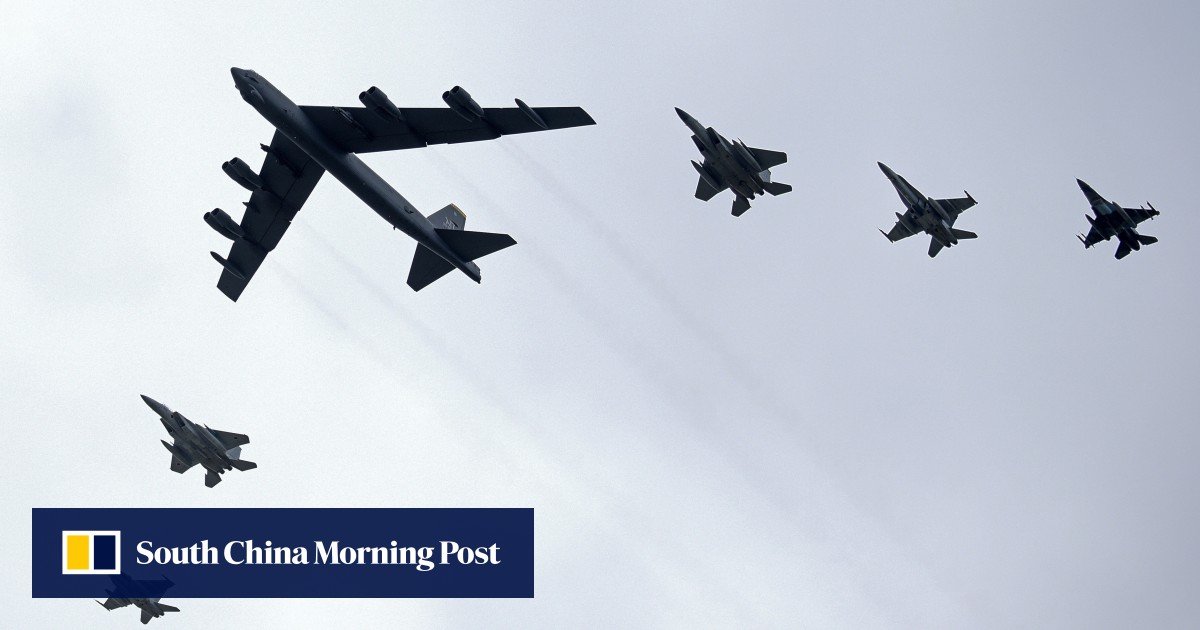
The B-1Bs rendezvoused over the Timor Sea with two Australian tankers, which transferred fuel to them at an altitude of 30,000 feet, according to the statement.

The B-1Bs rendezvoused over the Timor Sea with two Australian tankers, which transferred fuel to them at an altitude of 30,000 feet, according to the statement.

The US military plans a dramatic and comprehensive ramping-up of its defence presence in the Northern Territory to counter the rising threat of China – measures which experts say will, for the first time, involve all four branches of the American armed services.
Senior US and Australian defence officials and analysts, speaking on background, confirmed to the Defence Special Report that while “final details were getting worked out”, the measures envisaged big increases in joint US air exercises, troop deployments, pre positioning of equipment, and the use of more sophisticated weapons systems across the Northern Territory’s key training ranges.
Spurred by growing perceptions of a rising Chinese threat, last month’s announcement of the AUKUS trilateral defence agreement will see the transformation of the Top End from a very convenient military training area for the ADF and its allies to a vital southern US defence anchor encompassing a vast area of the Pacific, linking Guam to the north and Hawaii to the east.
These are bigger consequences and will have a bigger, more immediate, impact to the region.

one commander had said that one aim was to improve the forces’ ability to operate from small, rough airfields with limited facilities – also known as austere airfields– a move analysts said was designed to make it harder to “wipe out” US air power with missile attacks on major bases.

“It’s imperative that the U.S. Marine Corps and Australian Army work together,” said Australian Army Sgt. Aaron Costes with a straight face.

PITCH Black, the Royal Australian Air Force’s largest international air engagement exercise, has been shot down by COVID-19.
Australian Defence confirmed on Tuesday that the Territory military exercise will not be conducted this year due to the coronavirus crisis.
Pitch Black hosts up to 3500 personnel and up to 120 aircraft from around the globe including participants from Australia, Canada, France (New Caledonia), Germany, Indonesia, New Zealand, Singapore, Thailand, Malaysia, Republic of Korea and the United States.
Japan was to be participating for the first time in 2020.
The cancellation of Pitch Black follows on the back of the announcement that Australia’s largest army exercise for this year, Exercise Hamel, has been cancelled.